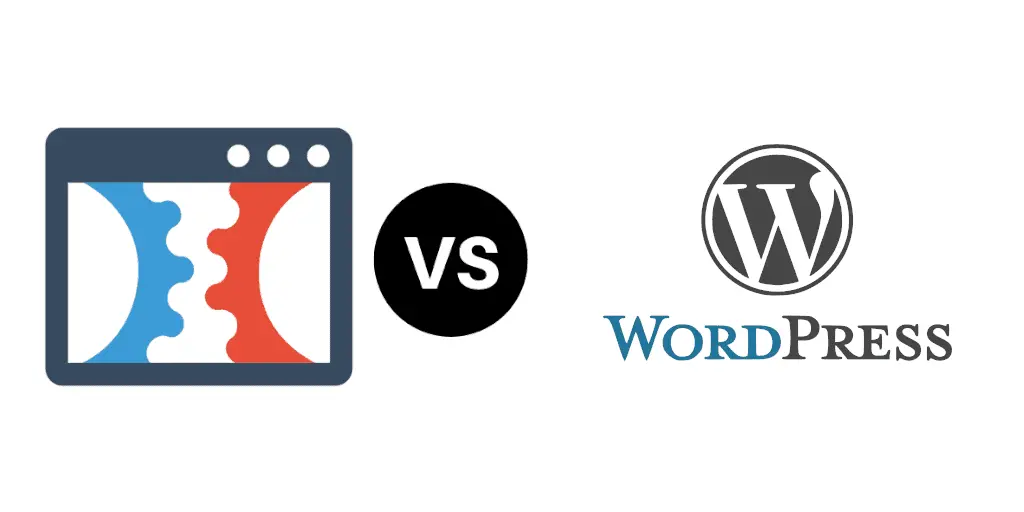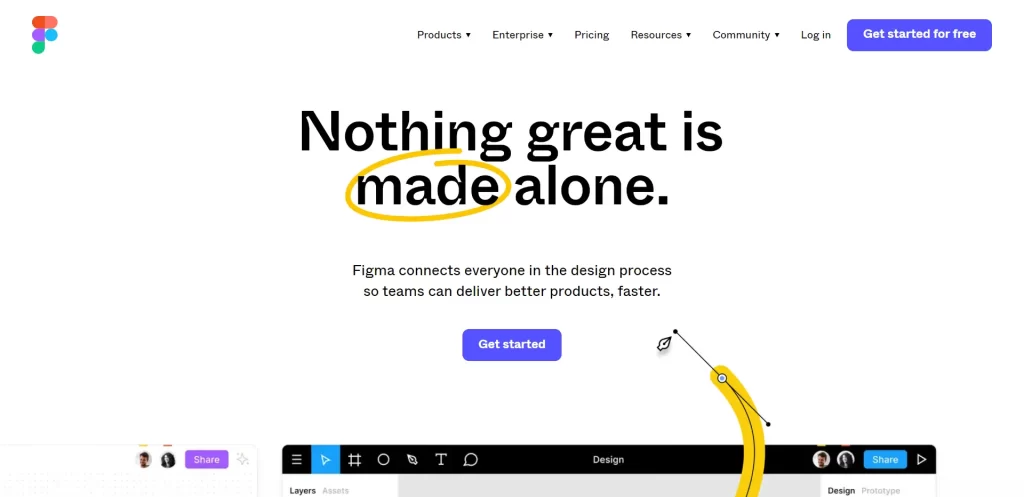In traditional environments, the development and operations teams often work in isolation. This lack of communication can lead to numerous problems, such as delays in deployment, unexpected bugs, and a lack of understanding of the project’s broader scope. This is where DevOps comes in – a methodology that bridges the gap between development and operations, fostering a culture of collaboration and shared responsibility.
In the realm of WordPress, a platform that powers over 43.2% of the web, DevOps becomes even more relevant. It allows teams to streamline workflows, improve communication, reduce errors, and accelerate deployment times. As a result, teams can deliver a better product and enhance the overall user experience.
In this comprehensive guide, we’ll delve deep into WordPress DevOps, exploring its key components, benefits, and steps to successful implementation. We’ll also highlight some popular tools that can facilitate the transition to a DevOps approach in your WordPress development processes.
Table of Contents
Understanding WordPress DevOps
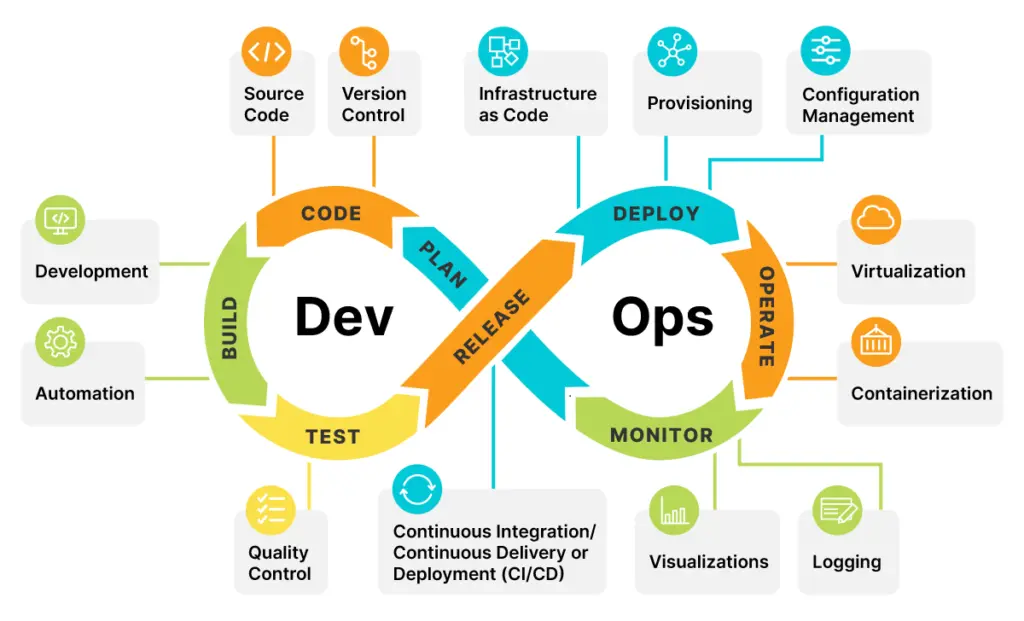
At its core, WordPress DevOps is about integrating the principles of DevOps—continuous integration, collaboration, and automation—into the process of WordPress development.
The term ‘DevOps’ is a combination of ‘Development’ and ‘Operations.’ It represents a set of practices designed to reduce the barriers between traditionally siloed teams, development (dev) and operations (ops). By encouraging these teams to work more closely together, organizations can release faster, more reliable software updates.
When we talk about WordPress DevOps, we are applying these DevOps principles to the development and management of WordPress websites. This might involve automating WordPress deployments, using version control systems, implementing testing procedures, or monitoring website performance.
The goal is to create an environment where building, testing, and releasing software can happen rapidly, frequently, and more reliably. It involves a culture shift that promotes better communication, collaboration, and integration between developers, IT professionals, and even within the organization as a whole.
Key Components of WordPress DevOps
WordPress DevOps is built around a few fundamental elements that form the backbone of this practice. Understanding these components is crucial for effectively integrating DevOps into your WordPress development processes:
Continuous Integration (CI): This involves merging all developers’ working copies to a shared mainline several times a day. This frequent integration can help detect errors quickly and locate them more easily.
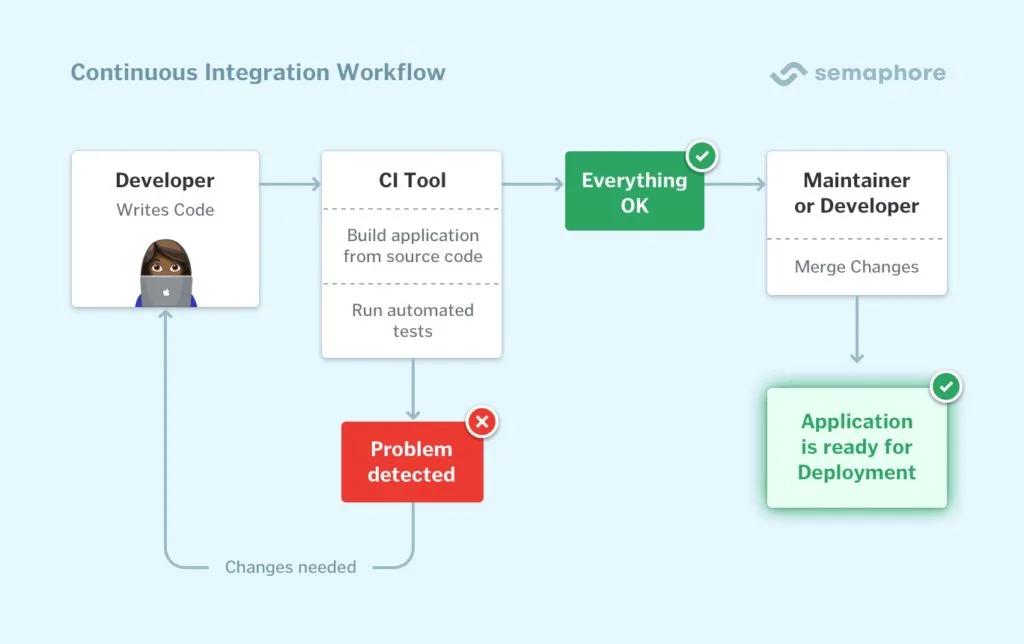
Continuous Deployment (CD): This is a software release strategy that uses automated testing to validate if changes to a codebase are correct and stable for immediate autonomous deployment to a production environment.
Infrastructure as Code (IaC): IaC is the process of managing and provisioning computing infrastructure with machine-readable definition files, rather than physical hardware configuration or interactive configuration tools.
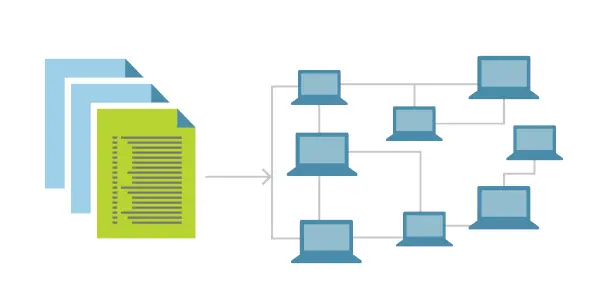
Version Control: This is the practice of tracking and managing changes to software code. Version control systems such as Git allow you to track changes, revert to previous stages, and collaborate on code with others.
Automated Testing: Automation of the testing process ensures that with each integration, the code is being tested thoroughly. It speeds up the process and ensures consistency in testing.
Monitoring and Logging: Keeping a close eye on the application’s performance can help detect issues before they impact users. Logging, on the other hand, is crucial for troubleshooting and understanding what happened in the past.
These components work together to enhance the speed, efficiency, and reliability of WordPress development, making it possible to release updates quickly without compromising the quality of the software.
Benefits of Implementing DevOps in WordPress Development
The adoption of DevOps practices in WordPress development has numerous advantages that go beyond just the technical aspects. These include:
Faster Deployment: With continuous integration and deployment, updates and new features can be released rapidly and with more frequency.
Increased Efficiency: Automation of repetitive tasks frees up the developers’ time, allowing them to focus on tasks that require their expertise. This not only speeds up the development process but also improves the quality of work.
Reduced Errors: By integrating development and operations, teams can identify and fix bugs early in the development lifecycle. This not only ensures a smoother user experience but also saves time and resources spent on fixing bugs in live environments.
Improved Collaboration: DevOps fosters a culture of collaboration and shared responsibility. This not only improves the working environment but also leads to more innovative and effective solutions.
Better Website Performance: Regular monitoring and testing ensure the website performs optimally at all times. Any issues can be identified and addressed promptly, thus reducing downtime and improving user experience.
Scalability: DevOps practices like infrastructure as code make it easier to manage and scale infrastructure according to the needs of the project.
By reaping these benefits, you can deliver a better product, enhance your reputation, and ultimately improve your bottom line.
Steps to Implement DevOps in WordPress Development
Embracing WordPress DevOps is not an overnight process; it requires careful planning and execution. Here are some steps you can follow:
Understand the DevOps Culture: Before any technical implementation, it’s crucial to understand the philosophy behind DevOps. It’s about breaking down silos and encouraging collaborative efforts between teams.
Use Version Control: Version control systems, like Git, should be your starting point. They allow you to track changes, collaborate with others, and revert to previous versions of the code if necessary.
Automate Testing: Automating the testing process ensures that every code integration is thoroughly checked, reducing the chances of errors or bugs slipping through.
Set Up Continuous Integration and Deployment: CI/CD pipelines automate your software delivery process. The pipeline builds code, runs tests (CI), and safely deploys the validated code to production (CD).
Implement Infrastructure as Code: Infrastructure as code allows you to manage and provision your IT infrastructure through code, which can be version-controlled and reviewed, just like any other codebase.
Monitor and Log: Set up a system to continuously monitor your application’s performance. Logging is crucial for understanding events and troubleshooting issues.
Iterate and Improve: Continuous improvement is a key aspect of DevOps. Always look for opportunities to optimize your processes and make them more efficient.
Adopting WordPress DevOps is a journey, but one that can have a significant impact on your team’s productivity and your website’s success.
Tools for WordPress DevOps
The right set of tools can make the transition to WordPress DevOps smoother and more efficient. While the exact toolset can vary depending on your specific needs, here are a few popular ones often used in WordPress DevOps:
Git: This is a distributed version control system that lets you track changes, create branches, and collaborate with your team. It’s essential for any DevOps workflow.
Jenkins: Jenkins is an open-source automation server that enables developers to reliably build, test, and deploy their software. It’s perfect for setting up your CI/CD pipelines.
Docker: Docker is a platform that allows you to automate the deployment, scaling, and management of applications within containers. It’s great for creating reproducible development, testing, and production environments.
Ansible: This is a powerful IT automation tool that can configure systems, deploy software, and orchestrate more complex tasks such as continuous deployments or zero downtime rolling updates.
Nagios: Nagios is a monitoring system that enables organizations to identify and resolve IT infrastructure problems before they affect critical business processes.
Logstash: Part of the Elastic Stack, Logstash is a server-side data processing pipeline that ingests data from various sources, transforms it, and sends it to your preferred stash.
PHPUnit: A programmer-oriented testing framework for PHP, PHPUnit is perfect for setting up automated testing in your WordPress development workflow.
Choosing the right tools depends on your specific needs, the size and skills of your team, and the nature of your projects. Experiment with different tools and find the ones that fit your workflow best.
Case Study: Successful Implementation of WordPress DevOps
For a real-world example of how WordPress DevOps can positively impact a business, let’s look at the case of XYZ Company (name changed for privacy).
XYZ Company is a mid-sized e-commerce business using WordPress and WooCommerce for their online operations. As they grew, so did their website’s complexity, leading to frequent downtime and slow site performance, impacting their sales and user experience.
To address these challenges, XYZ decided to implement DevOps practices into their WordPress development process.
They began by educating their teams on the DevOps culture and principles. Version control was introduced using Git, followed by automated testing with PHPUnit. Jenkins was used to set up CI/CD pipelines, allowing for quicker, reliable releases. Docker containers were employed for consistent development, testing, and production environments.
Within a few months, XYZ saw tangible improvements. Site downtime was reduced significantly, and deployments became faster and more frequent. Collaborative efforts led to innovative solutions, and automated testing caught several bugs before they could impact the live site.
By implementing WordPress DevOps, XYZ Company managed to improve their site performance, team productivity, and, ultimately, their bottom line.
Conclusion
In today’s fast-paced digital world, traditional development and operational practices often fall short. The silos between development and operations teams can lead to delays, errors, and inefficiencies. That’s where WordPress DevOps comes in.
By integrating development and operations—through practices like continuous integration and deployment, infrastructure as code, version control, automated testing, and continuous monitoring—WordPress DevOps can enhance the speed, efficiency, and reliability of WordPress development and management.
The implementation of WordPress DevOps may seem daunting, but with the right understanding, steps, and tools, businesses can achieve smoother operations, quicker deployments, reduced errors, and better collaboration. As illustrated in our case study, the benefits are tangible and impactful, making WordPress DevOps a worthy investment for any business looking to streamline their WordPress development processes and improve their bottom line.
Whether you’re a small business owner, a developer in a large enterprise, or a freelance WordPress expert, understanding and implementing DevOps practices can revolutionize the way you work with WordPress.
Embrace the culture, understand the methodology, select the right tools, and start your journey towards WordPress DevOps today!
Frequently Asked Questions (FAQs)
-
What is WordPress DevOps?
WordPress DevOps is the practice of using DevOps principles and practices in the context of WordPress development and management. It involves steps like continuous integration and deployment, automated testing, version control, infrastructure as code, and continuous monitoring to improve the speed, efficiency, and reliability of WordPress development and management.
-
Why should I use WordPress DevOps?
Using WordPress DevOps can offer several benefits including faster deployments, increased efficiency, reduced errors, improved collaboration, better website performance, and scalability. It can lead to quicker, more frequent releases without compromising software quality, thus improving the overall user experience and bottom line of your business.
-
Which tools are commonly used in WordPress DevOps?
Tools commonly used in WordPress DevOps include Git for version control, Jenkins for setting up CI/CD pipelines, Docker for creating reproducible environments, Ansible for IT automation, Nagios for monitoring, Logstash for logging, and PHPUnit for automated testing. However, the exact toolset can vary depending on your specific needs and the nature of your projects.

